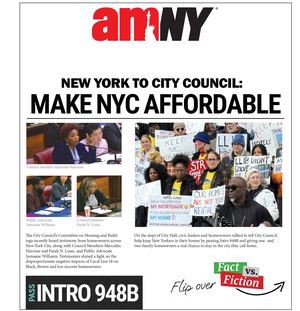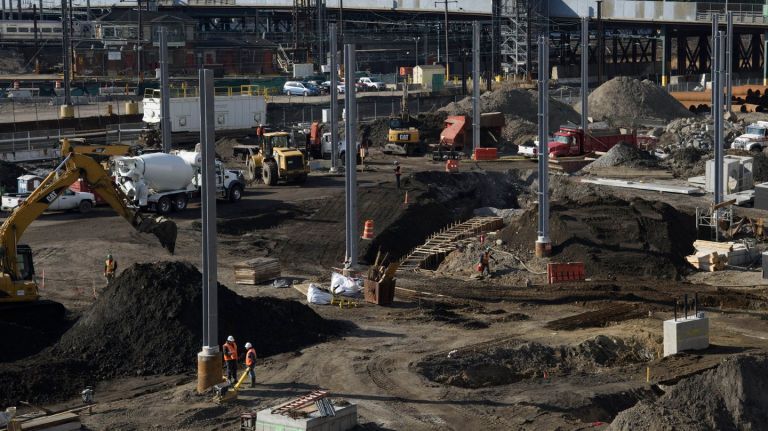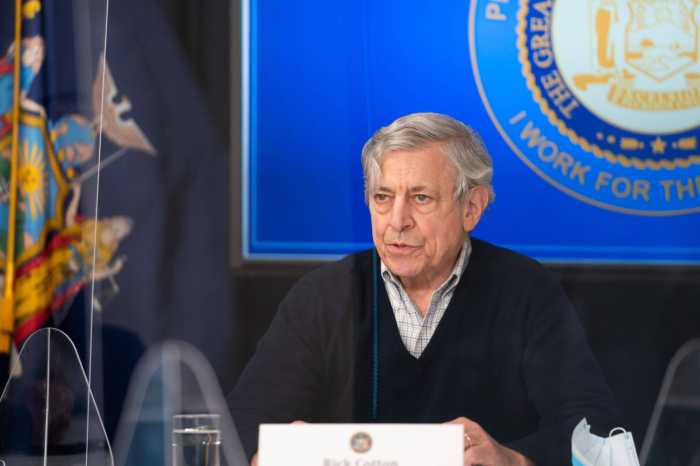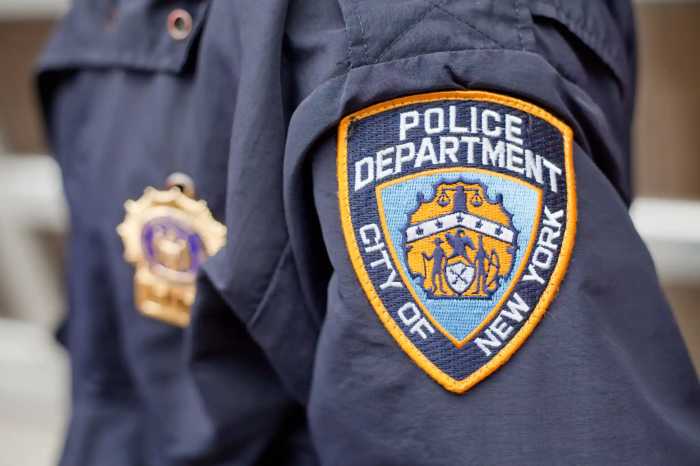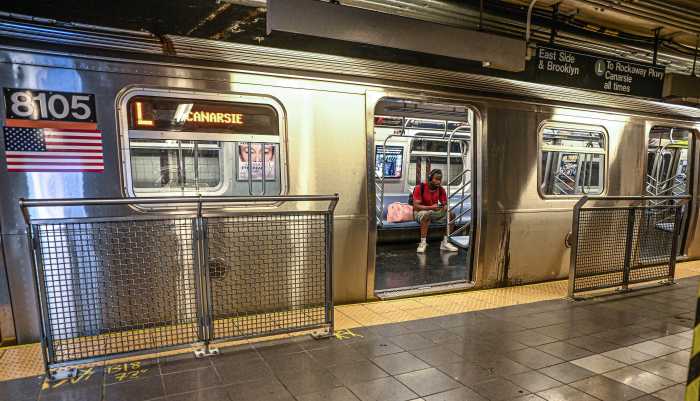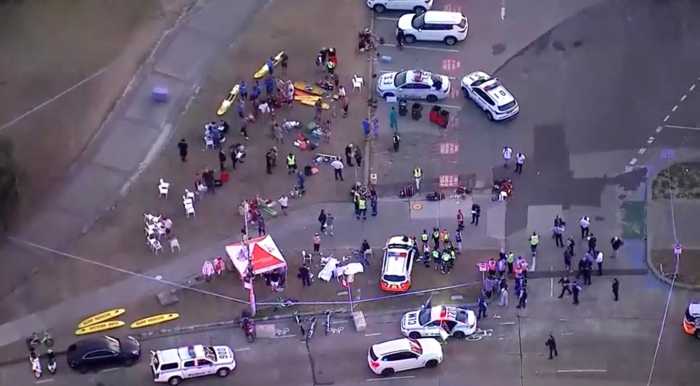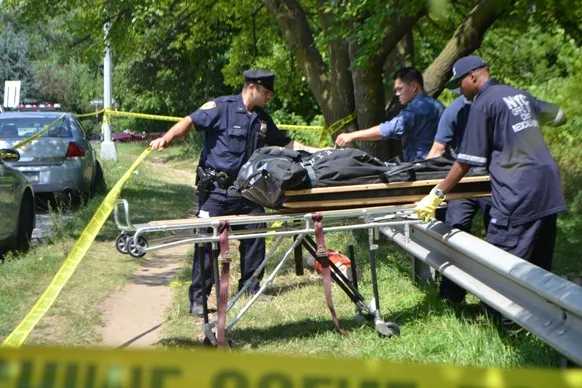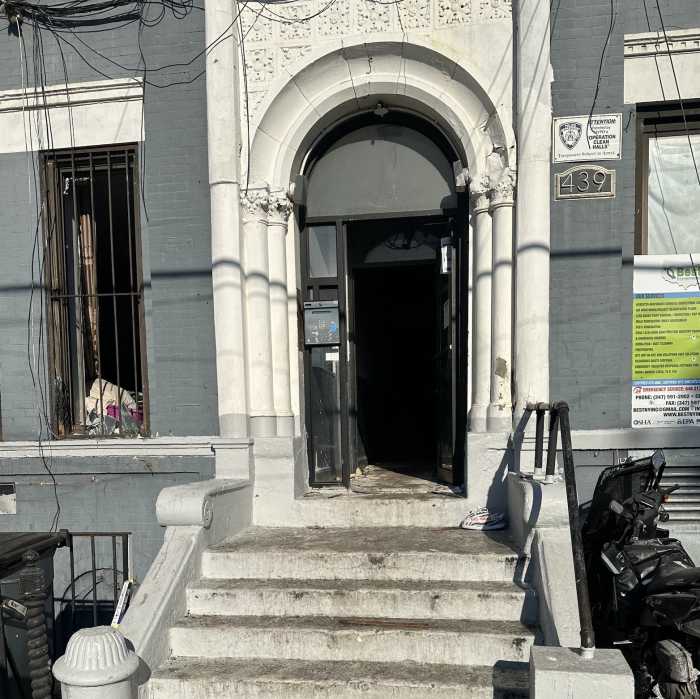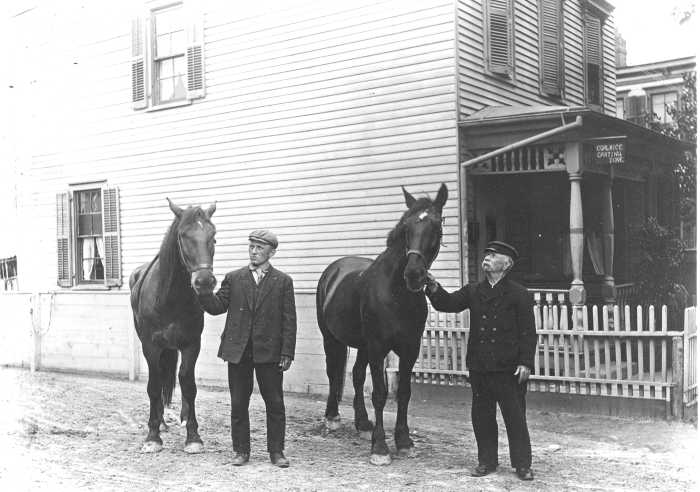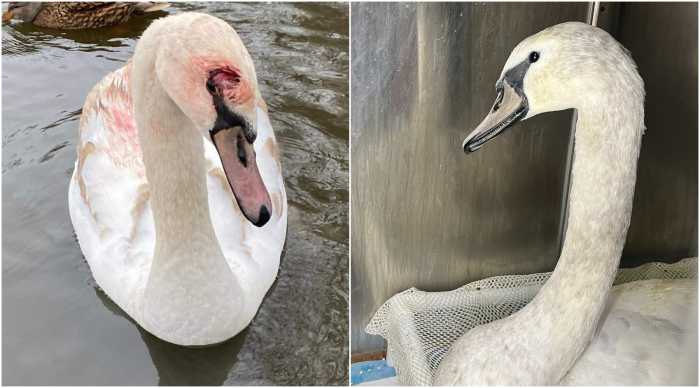
Far below the city, beneath the busy roads of Queens and Manhattan’s East Side, the East River and Roosevelt Island, and even the subway tracks, there’s a hive of activity in a train tunnel that now stretches from Sunnyside to the bowels of Grand Central Terminal.
There, in a new cavernous space, train platforms, curved-beam ceilings and escalators are in place. One can imagine the thousands of commuters who will travel down those escalators to Long Island Rail Road trains. If all goes as planned, and with the project called East Side Access, that’s an enormous if, we’re four and a half years away from a new LIRR terminal below Grand Central.
But this is going to be much more than just a modern array of tracks and platforms.
The MTA’s ugliest monster
East Side Access is one of the region’s most important undertakings. While long derided for its cost, now at $11.2 billion, along with its delays and seemingly endless stream of contracts and change orders, the project’s completion is in sight. It is expected to open by the end of 2022. And it’s up to the MTA, the LIRR, Amtrak and state officials to make sure the rest of East Side Access is finished without further delay or deeper cost overruns.
This project will help to modernize the region’s transit system, grow its economy and expand opportunities for the city and suburbs. It will provide a boost to businesses along the East Side, coinciding with a time of enormous commercial growth in the area and new construction like the 58-story One Vanderbilt and the planned 70-story new Chase headquarters. It’ll be a direct, faster public transit link to JFK Airport’s AirTrain. And when combined with some of the MTA’s other projects, it’ll give NYC residents the opportunity to commute to Long Island by train with regular, reliable service.
Nonetheless, East Side Access is seen as the MTA’s ugliest monster for many valid and troubling reasons. Indeed, there will be a lot to learn from what was done badly.
Amtrak’s cooperation is crucial
Still, a greater commitment from Amtrak is critical to the project’s success. Its ownership and control over much of Harold Interlocking — the Queens rail junction that’s considered the busiest in the nation — means that every time the LIRR has to do work on the tracks, signals or wires, the commuter rail needs the national passenger railroad’s help on oversight, access, scheduling and, perhaps most important, workers.
But Amtrak hasn’t been doing its part. To date, Amtrak’s inability to coordinate schedules and provide workers has been problematic, and has led to some of the delay. It has to prioritize the project, and develop ways to train and give incentives to workers so it can do its share without wasting any more time.
The MTA has to do its part, too, to finish this project on its current timetable and within its current budget. And Gov. Andrew Cuomo might have to work his magic, too. He has done it before in getting Second Avenue Subway open or completing the new Tappan Zee bridge on time and on budget. A public push from Cuomo could make everyone pay attention and get the job done.
MTA and Amtrak finger-pointing, delays and inaction have to end. Keep East Side Access on track, and get the project through the tunnels ahead.
